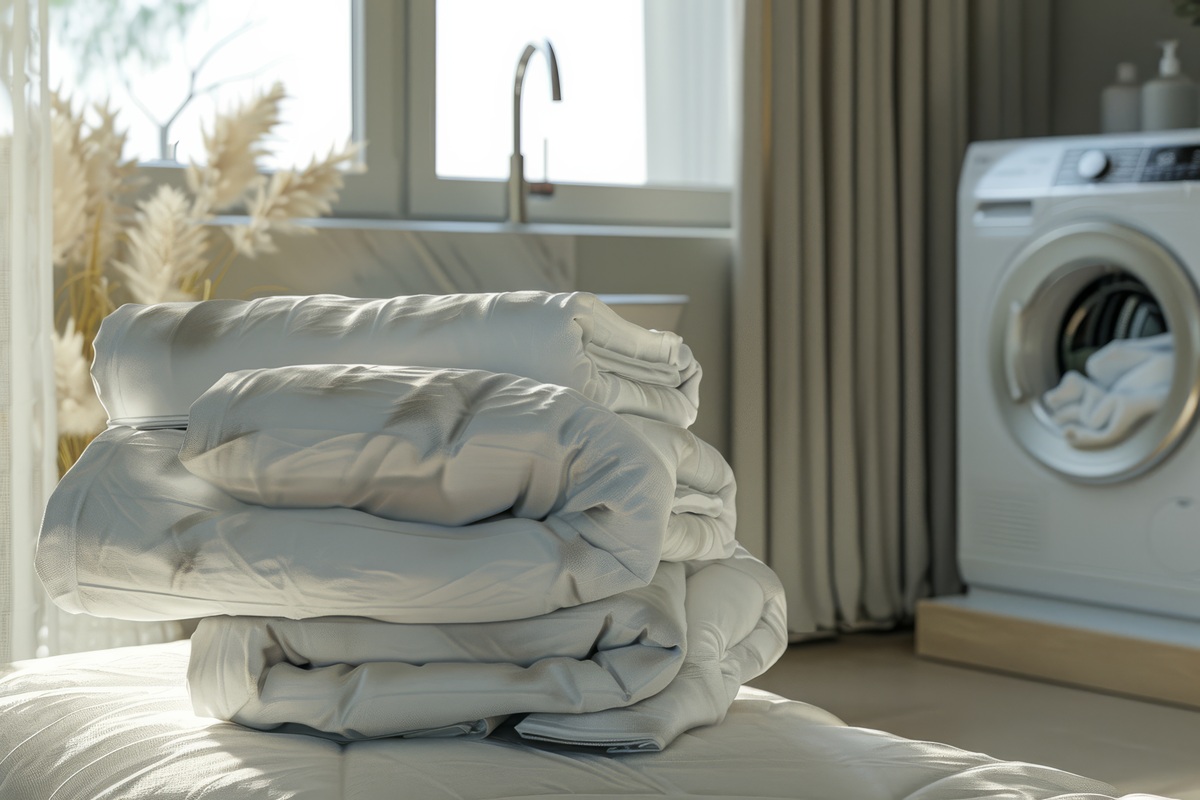Do you enjoy caring for your plants naturally, but find that tips like using eggshells or even the famous coffee grounds sometimes disappoint? What if we told you that a simple ingredient, likely already in your pantry, could make a difference and restore your plants to their full glory?
Why your usual fertilizers might not be enough?
You’ve probably tried various products to boost your plants. But honestly, are you satisfied with the long-term results?
Chemical fertilizers are indeed effective quickly, but they can weaken the soil and the plants themselves over time. With prolonged use, your soil may no longer provide the essential nutrients necessary for healthy plant growth.
As for traditional natural solutions, such as crushed eggshells or coffee grounds, they take time to take effect. While their nutrients diffuse slowly, your plants may experience dangerously slowed growth.
So, what can you do? What if the secret lies elsewhere, hidden right in your kitchen?
The unexpected fertilizer hiding in your pantry: brewer’s yeast
Yes, you read that right: it’s brewer’s yeast, a product commonly used in baking or cooking, that can work wonders in your garden. You may already know its benefits for skin or hair, but did you know it can be just as effective for your plants?
Rich in B vitamins, amino acids, and essential minerals, brewer’s yeast nourishes both the plants and the soil deeply. It also stimulates the organic life naturally present in your soil, thus contributing to the overall health of your plants.
Its popularity in organic farming is not new: gardening professionals have long used it to rejuvenate and protect crops naturally.
What is the secret of brewer’s yeast for boosting your plants?
But what exactly happens when you give brewer’s yeast to your plants? Here are a few key points about why it’s so effective:
- It directly energizes plant growth through its supply of essential vitamins, resulting in denser and more vigorous foliage.
- With its proteins and minerals, it quickly improves soil texture and fertility while stimulating microorganisms.
- It enhances plants’ natural ability to fight against various pathogens such as bacteria and fungi.
- Its nutrients facilitate the absorption of phosphorus and potassium, particularly promoting abundant flowering and successful fruiting.
How to easily apply brewer’s yeast in the garden?
Never used yeast in your garden before? Don’t worry, here are two simple and practical methods to get you started quickly:
Watering solution to revitalize the soil and roots
Very easy to prepare for effective deep nourishment of your plants:
- Mix a tablespoon of brewer’s yeast in one liter of warm water.
- Let it sit for a few hours to activate the microorganisms.
- Slowly water the base of the plants every 2 to 3 weeks during their active growing period (mainly in spring and summer).
Your vegetables, indoor flowers, and ornamental shrubs will have never looked better!
Foliar spray for increased protection
This second method will allow you to enhance and protect your foliage with ease:
- Dilute a teaspoon of brewer’s yeast in a liter of warm water, along with a few drops of organic black soap to help the mixture adhere to the leaves.
- Spray this preparation gently once a month directly on the leaves, preferably early in the morning or late in the day to avoid the hottest hours.
Tomatoes, roses, and even your indoor plants will thank you!
Which plants will be particularly grateful?
All plants can benefit from this ingenious tip. However, some species will show remarkable vitality in response to this natural care:
- In the vegetable garden, expect your tomatoes, zucchinis, peppers, and salads to thrive.
- In the ornamental garden, your roses, geraniums, and hydrangeas will enjoy generous and prolonged blooming.
- Indoor plants will become more resistant to diseases and display denser, more vigorous foliage.
- As for your fruit trees, yeast will significantly enhance their fruiting and resistance to common diseases.
Easy to use, natural, and truly beneficial, brewer’s yeast deserves a place among your favorite gardening tips.
Have you ever tried brewer’s yeast to stimulate your plants? What did you think? Please share your favorite natural methods for nurturing your plants. We’d love to hear your thoughts, so feel free to leave a comment!










